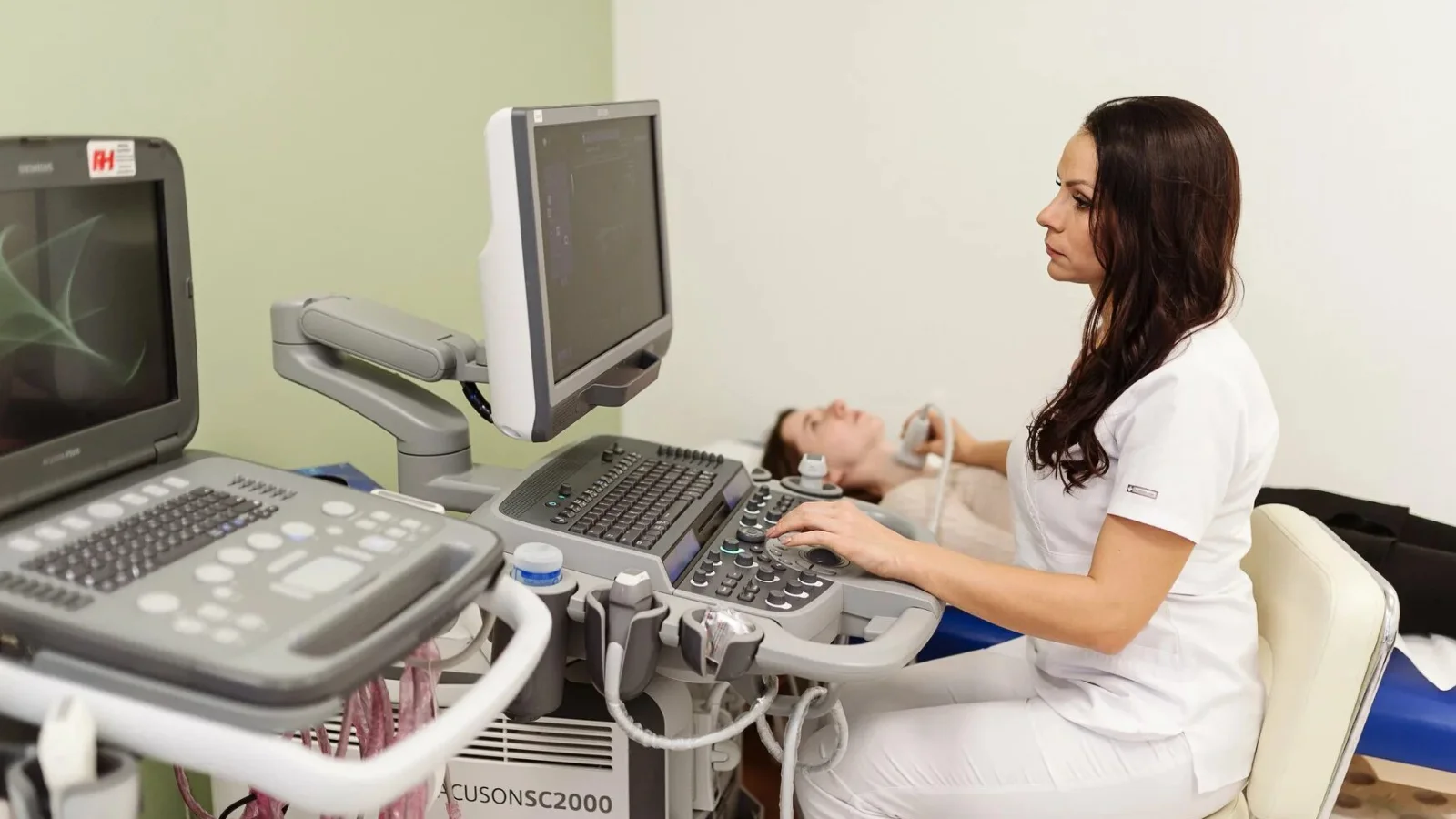
Passing ARDMS RVT Registry Exam: Study Tips and Materials
Preparing for the ARDMS Registered Vascular Technologist (RVT) exam is a significant step towards advancing
Home > The Basic Knowledge About Pediatric Echo Test

Understanding the Pediatric Echo test is essential for parents and caregivers. This test, also known as the Pediatric Echo (PE) Test, helps diagnose heart conditions in children. Whether you are preparing for a Pediatric Echo Exam or simply want to know more, this article covers the basics you need to know.
A Pediatric Echo test is a non-invasive procedure that uses ultrasound to create images of a child’s heart. It helps doctors see how the heart is functioning and identify any abnormalities. The Pediatric Echo (PE) Test is crucial for diagnosing congenital heart defects, valve problems, and other heart conditions in children.
During the Pediatric Echo test, a technician places a small probe on the child’s chest. This probe sends sound waves into the heart, which bounce back to create images on a screen. These images show the heart’s structure and function in real time.
Early diagnosis of heart conditions is critical. The Pediatric Echo test helps detect issues before they become severe. Early intervention can improve outcomes and quality of life for affected children.
For children with known heart conditions, the Pediatric Echo (PE) Test is used to monitor their heart health. Regular tests ensure that any changes in the condition are detected promptly, allowing for timely treatment.
The Pediatric Echo test is safe and non-invasive. It does not involve radiation, making it suitable for repeated use. This safety is especially important for children who need regular monitoring.
Understanding what to expect can help reduce anxiety for both the child and parents. The Pediatric Echo test is usually done in a quiet room. The child lies on an examination table, and the technician applies a special gel to the chest. This gel helps the probe make good contact with the skin.
Explain the procedure to your child in simple terms. Reassure them that it is painless and that they can bring a favorite toy or blanket for comfort. Keeping the child calm and relaxed helps ensure accurate results.
Generally, no special preparation is needed for the Pediatric Echo test. Your child can eat and drink normally before the test. However, follow any specific instructions given by your doctor.
The technician moves the probe around the chest to capture different views of the heart. The child needs to lie still during the test, which usually takes 30 to 60 minutes. The technician may ask the child to change positions to get better images.
The technician looks at the heart’s size, shape, and movement. They check the valves and chambers and how well blood is flowing through the heart. These details help doctors diagnose and monitor heart conditions.
Keeping the child calm and still during the test is crucial. Distractions like a favorite show or toy can help. Parents can stay with the child to provide comfort and reassurance.
A cardiologist reviews the images from the Pediatric Echo test and interprets the results. This process may take a few days. The doctor will discuss the findings with you and explain what they mean for your child’s health.
If the Pediatric Echo (PE) Test shows any abnormalities, the doctor will recommend further tests or treatments. Follow-up care may include medication, lifestyle changes, or more frequent monitoring.
For children with heart conditions, regular Pediatric Echo tests are essential. They help track the condition and adjust treatments as needed. Your doctor will advise on how often your child needs these tests.
No, the Pediatric Echo test is painless. The gel might feel cold, but the procedure itself does not cause any discomfort.
The test usually takes between 30 and 60 minutes. The exact time depends on how easily the technician can get clear images.
The Pediatric Echo test is very safe. It uses ultrasound waves, not radiation, so there are no known risks associated with the procedure.
If your child cannot stay still, the technician will try to make them comfortable and calm. In some cases, mild sedation might be used, but this is rare.
Yes, parents are usually allowed to stay with the child during the Pediatric Echo test. Their presence can help keep the child calm and cooperative.
Ocean Ultrasound specializes in providing educational materials for the CCI and ARDMS exams, including sections on pediatric echocardiography. Our resources are designed to enhance understanding of the Pediatric Echo test, helping professionals prepare for exams with confidence. We offer a variety of materials, such as books, flashcards, and interactive USBs, tailored to the needs of those studying for these certifications. Explore our products to ensure thorough preparation and expertise in pediatric echo testing.

Preparing for the ARDMS Registered Vascular Technologist (RVT) exam is a significant step towards advancing

Preparing for your cardiac sonographer exam is a crucial step toward a successful career in

Preparing for any Cardiovascular Credentialing International (CCI) exam requires dedication and access to the right

Preparing for the ARDMS (American Registry for Diagnostic Medical Sonography) exam can be daunting, but
Subscribe our newsletter to get our latest update.
Copyright © 2024 | Ocean Ultrasound